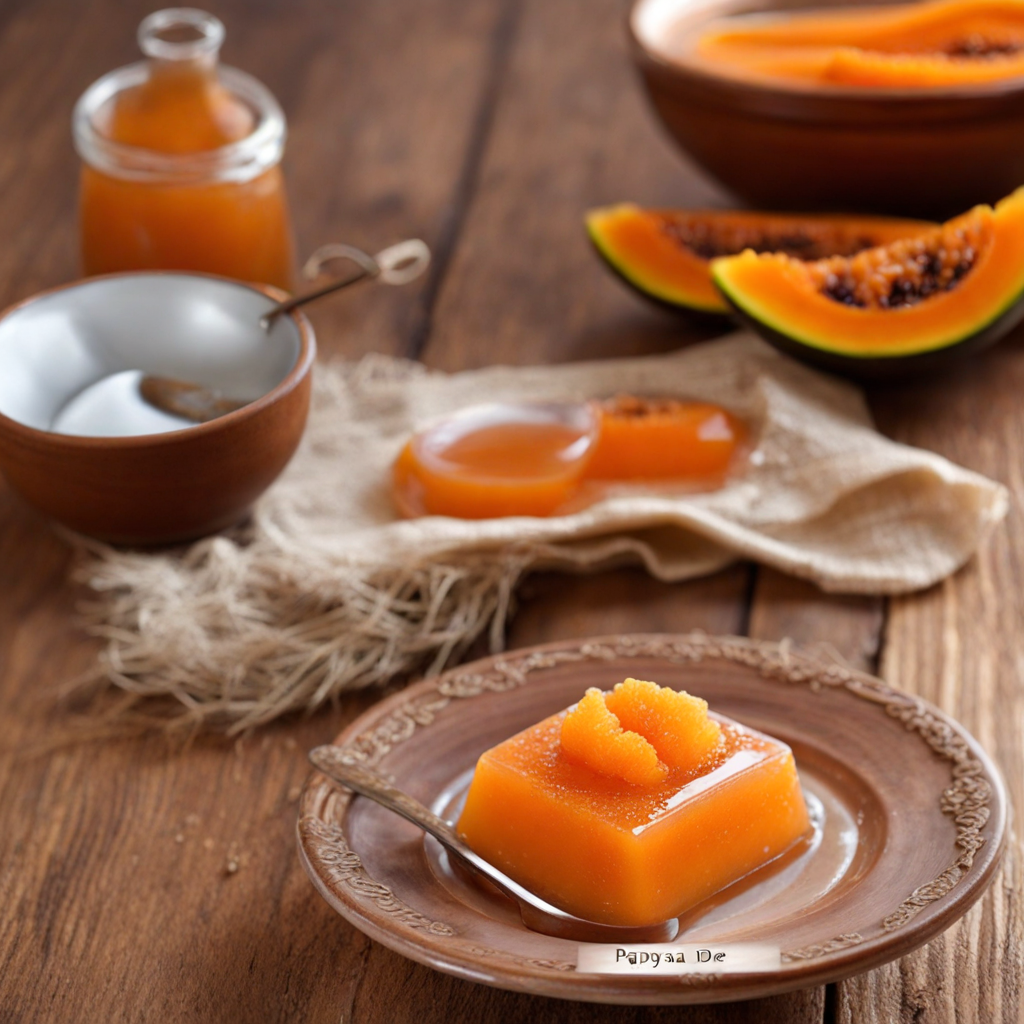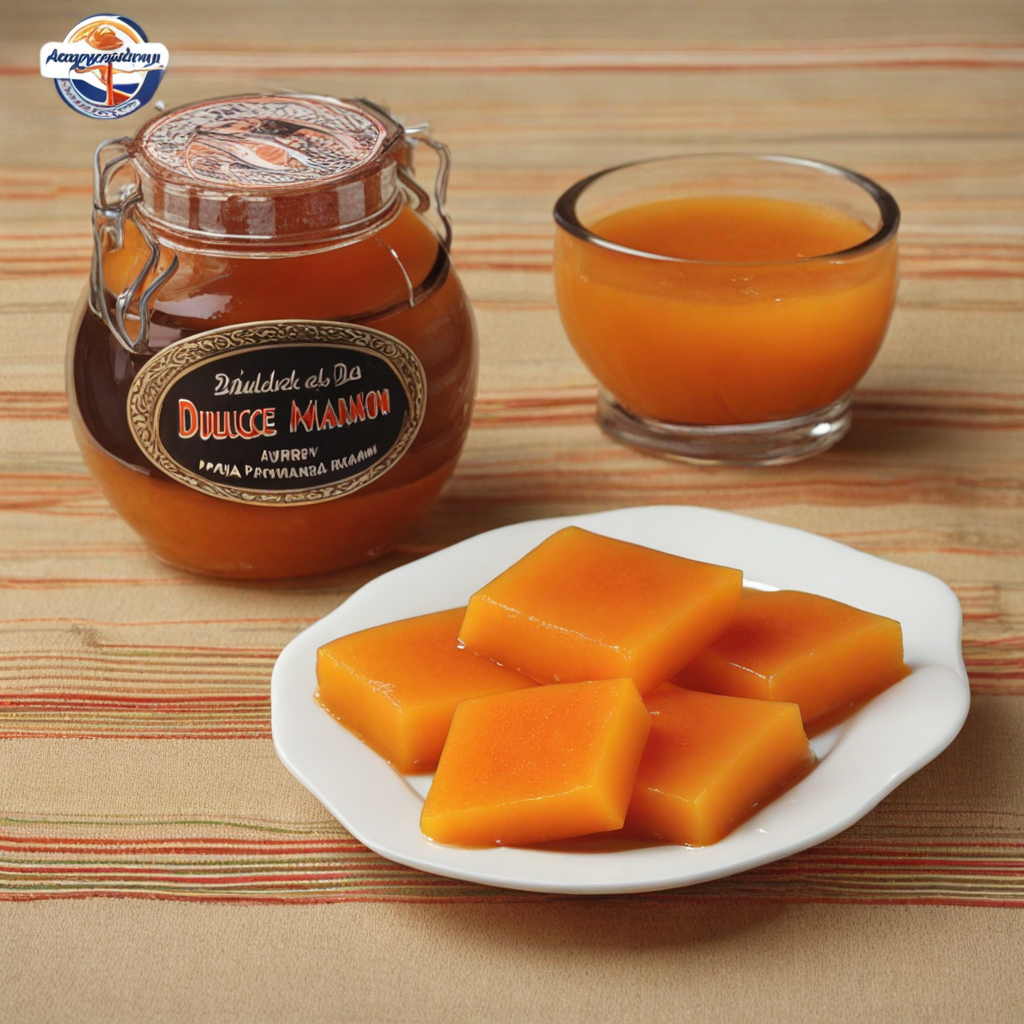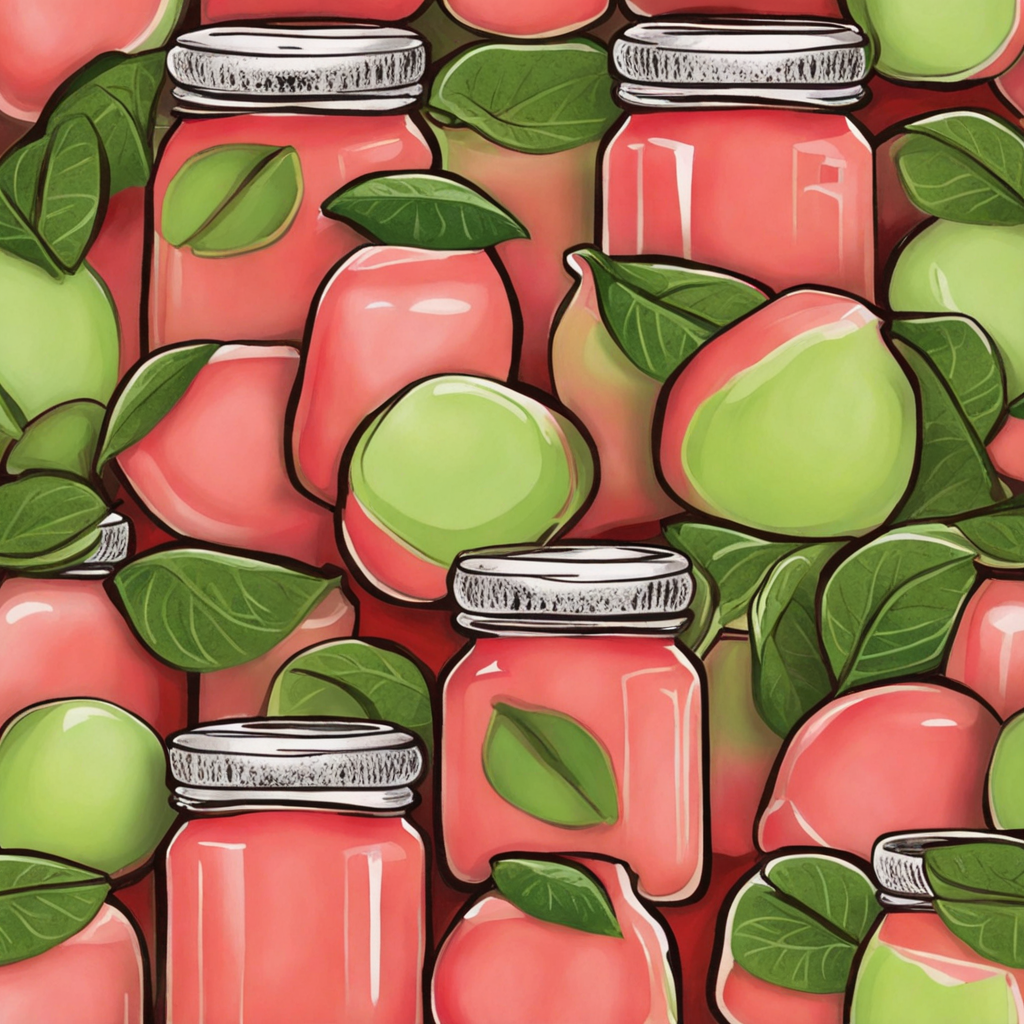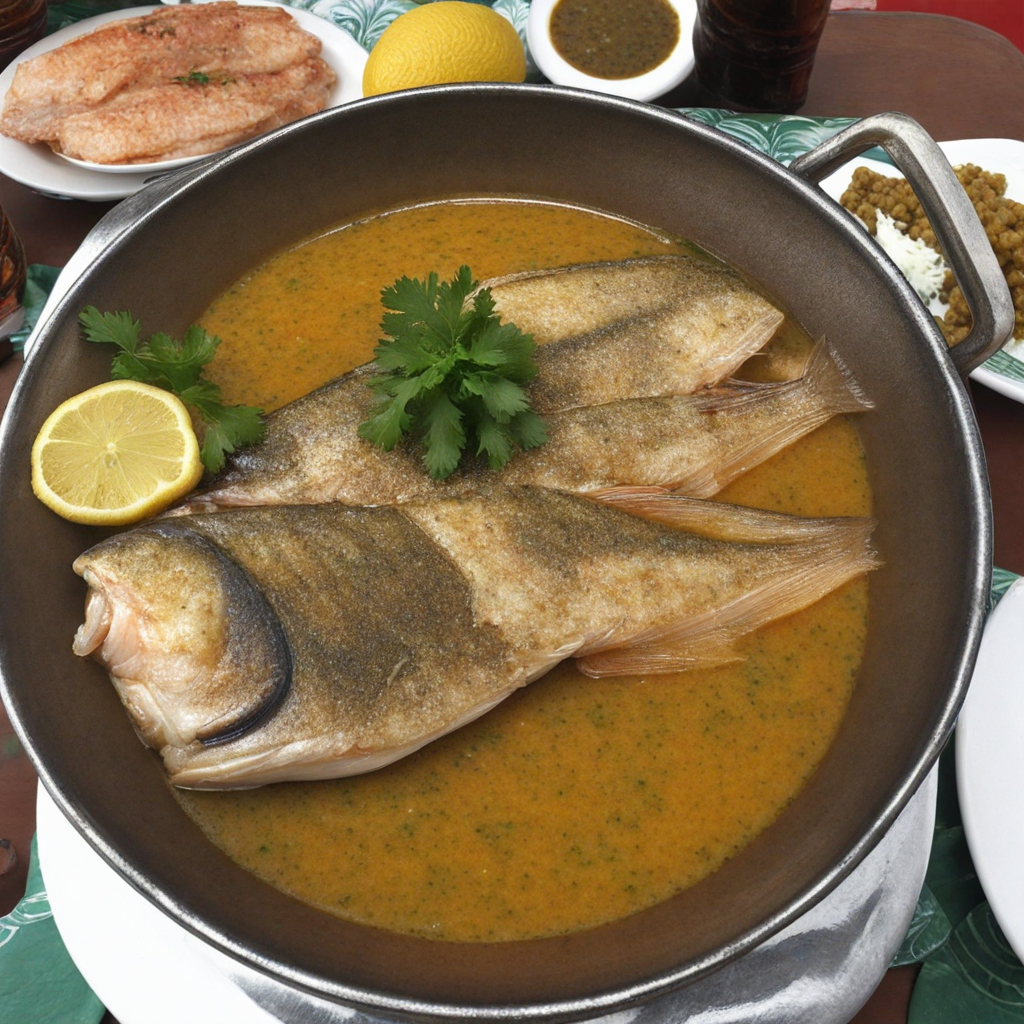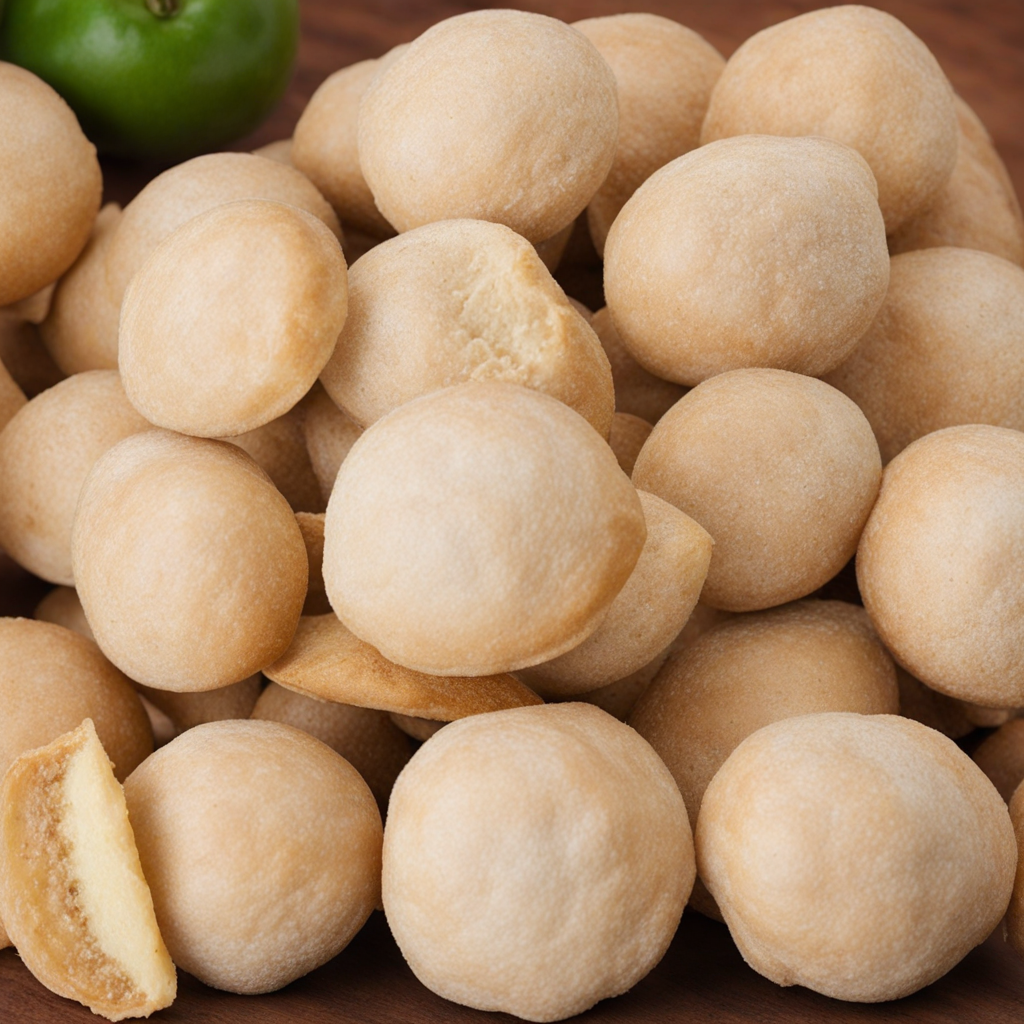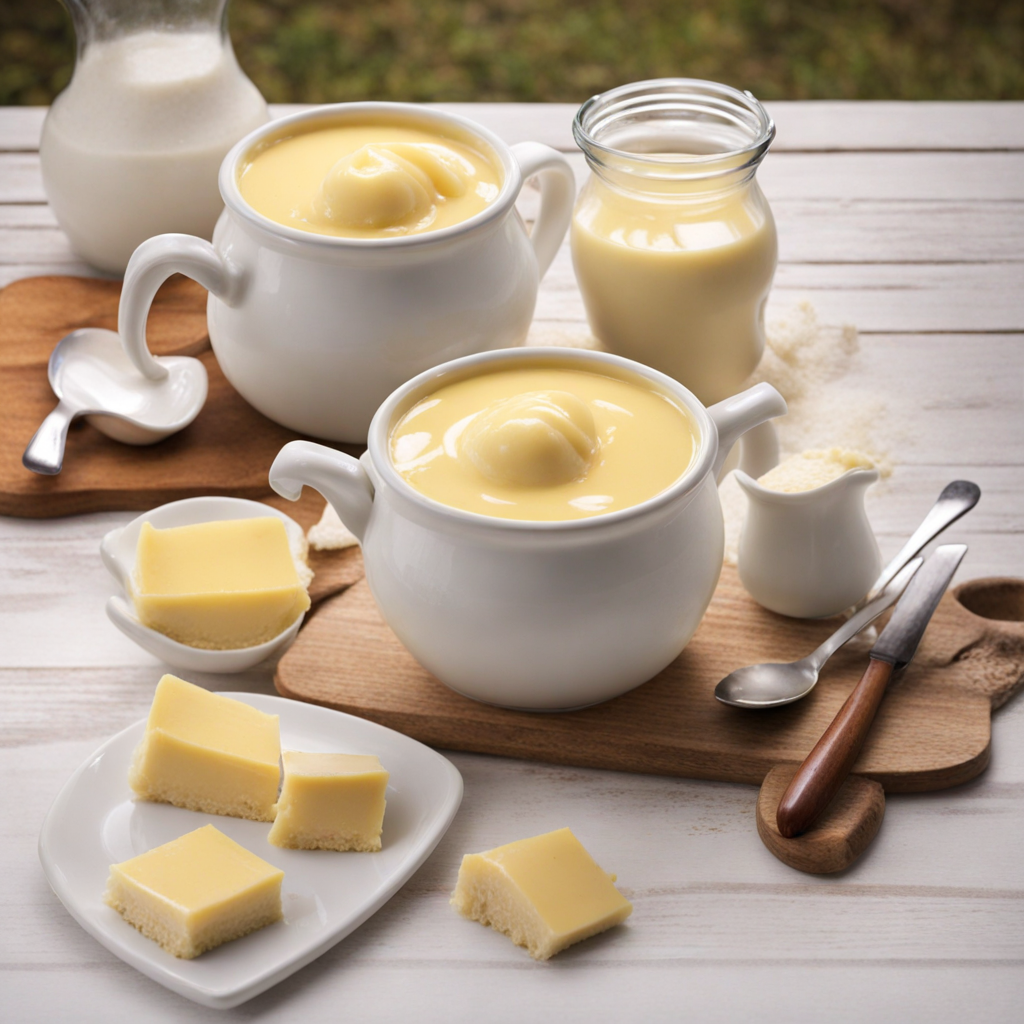Dulce de Mamón
Dulce de Mamón is a delightful Paraguayan treat that showcases the rich flavors and traditions of the region. This sweet delicacy is primarily made from ripe papayas, known locally as 'mamón.' The fruit is peeled and diced, then simmered with sugar and hints of cinnamon, which infuse the dish with a warm, aromatic essence. The result is a luscious, thick syrup that clings to the tender chunks of papaya, creating a delightful contrast between the succulent fruit and the sweet, sticky glaze. It's a perfect representation of the Paraguayan approach to dessert: simple yet incredibly satisfying. Often enjoyed as a dessert, Dulce de Mamón can also be used as a topping for various dishes, such as pancakes, ice cream, or even spread on fresh bread. The sweetness of the papaya pairs beautifully with the warm spices, making it a versatile addition to any meal. The texture is soft and succulent, allowing for a comforting mouthfeel that transports you to the heart of Paraguay with each bite. This dish not only highlights the local fruit but also reflects the country's agricultural richness and culinary culture. For those seeking to experience a true taste of Paraguay, Dulce de Mamón is a must-try. It's a dessert that embodies the spirit of the country, bringing together simple ingredients to create something truly special. Whether enjoyed at home or at a local eatery, this sweet papaya concoction promises a unique and flavorful journey that will leave a lasting impression on your palate.
How It Became This Dish
The Sweet History of Dulce de Mamón: A Paraguayan Delight Dulce de mamón, often referred to simply as “mamón,” is a traditional Paraguayan dessert that celebrates the rich agricultural bounty of the region, particularly the abundant papaya trees that grace the landscape. This sweet treat, made primarily from ripe papaya, sugar, and sometimes spices, offers not only a delightful taste but also a fascinating glimpse into Paraguay's culinary heritage, cultural significance, and evolution over time. Origins and Ingredients The papaya, known in Spanish as *mamón* or *papaya*, is native to Central America but found its way to the southern regions of the continent following the arrival of European colonizers. Papaya trees flourished in the fertile soils of Paraguay, leading to the fruit's prominence in local diets. The indigenous Guarani people, who inhabited Paraguay long before European contact, cultivated various fruits, including papaya, and integrated them into their traditional foods. The use of papaya as an ingredient in sweet dishes likely emerged from this indigenous heritage. Historically, dulce de mamón is crafted from the flesh of ripe papayas, which are peeled, cut into cubes, and then boiled with sugar until they soften and take on a syrupy consistency. The simplicity of this dish reflects the broader principles of Paraguayan cuisine, which often emphasizes the use of fresh, local ingredients and straightforward cooking methods. Some variations of the recipe may incorporate spices like cinnamon or cloves for added flavor, and occasionally nuts or grated coconut for texture. Cultural Significance Dulce de mamón holds a special place in Paraguayan culture, serving as more than just a dessert. It is an emblem of home and family, often prepared for gatherings, celebrations, and as a comforting treat during everyday life. Much like other traditional desserts across Latin America, dulce de mamón is frequently associated with the warmth and hospitality of Paraguayan households. It is common to find this delicious sweet served during significant cultural events, such as religious festivals, weddings, and family reunions, where sharing food plays a central role in fostering connections and building community. The dish also embodies the Paraguayan philosophy of utilizing local resources. In a country where agriculture is a vital part of the economy and local identity, dulce de mamón showcases the importance of seasonal fruits. It encourages a sustainable approach to food, promoting the consumption of what is readily available and in season. This connection to the land and its bounty is a theme that resonates deeply in Paraguay’s culinary practices, where traditional recipes often reflect a respect for local ingredients and agricultural heritage. Development Over Time As Paraguay underwent various socio-political changes, so too did its culinary landscape. The culinary identity of the country has been shaped by a myriad of influences, including indigenous practices, European colonization, and later, waves of immigration from neighboring countries. Each of these influences contributed to the evolution of traditional dishes, including dulce de mamón. In the 19th century, as Paraguay faced isolation due to the War of the Triple Alliance (1864-1870), the focus on local ingredients and traditional recipes became even more pronounced. The scarcity of resources during and after the war led to a renewed appreciation for local foods, and dishes like dulce de mamón became staples in everyday life, as families relied on what they could grow or gather. By the late 20th century, with the advent of globalization, Paraguayan cuisine began to experience a revival, spurred by a growing interest in traditional foods and cultural heritage. Chefs and food enthusiasts started exploring and promoting Paraguayan dishes, leading to a renaissance of interest in local ingredients and traditional preparations. Dulce de mamón emerged as a beloved example of this movement, often featured in culinary festivals and events that celebrate Paraguayan culture. In recent years, dulce de mamón has transcended its humble roots. While it remains a cherished homemade dessert, it has also found a place in restaurants and cafes, where chefs experiment with its presentation and pairings. Contemporary interpretations may include serving the dish alongside artisanal cheeses, or incorporating it into modern dessert platters, showcasing the versatility and timeless appeal of this traditional sweet. Moreover, dulce de mamón has gained recognition beyond Paraguayan borders. As the global appetite for Latin American cuisine continues to grow, Paraguayan dishes, including dulce de mamón, are increasingly being featured in international culinary landscapes. Food festivals, cultural exchanges, and social media have played pivotal roles in introducing this delightful treat to a broader audience, sparking interest in Paraguay's unique culinary traditions. The Future of Dulce de Mamón As we look to the future, dulce de mamón stands as a testament to Paraguay's rich culinary heritage. Its simplicity and adaptability ensure its continued relevance in both traditional and modern contexts. Efforts to preserve and promote Paraguayan cuisine, alongside the growing global interest in authentic food experiences, suggest that dulce de mamón will remain a beloved dessert for generations to come. In conclusion, dulce de mamón is more than just a sweet treat; it is a symbol of Paraguay's agricultural wealth, cultural identity, and the resilience of its people. Rooted in history and enriched by diverse influences, this delightful dessert continues to bring joy to those who prepare and share it. Whether enjoyed at home, in a bustling market, or at a fine dining establishment, dulce de mamón is a sweet reminder of Paraguay's vibrant culinary tapestry.
You may like
Discover local flavors from Paraguay


